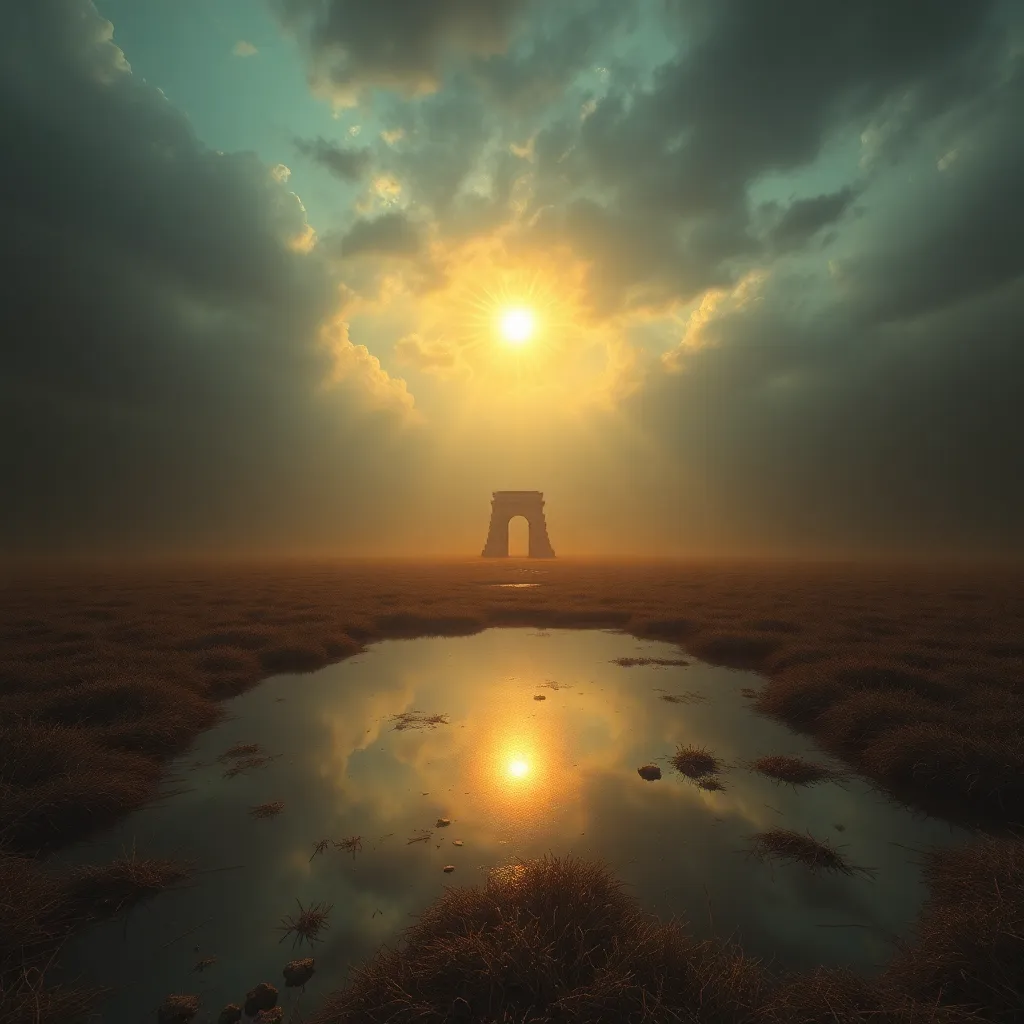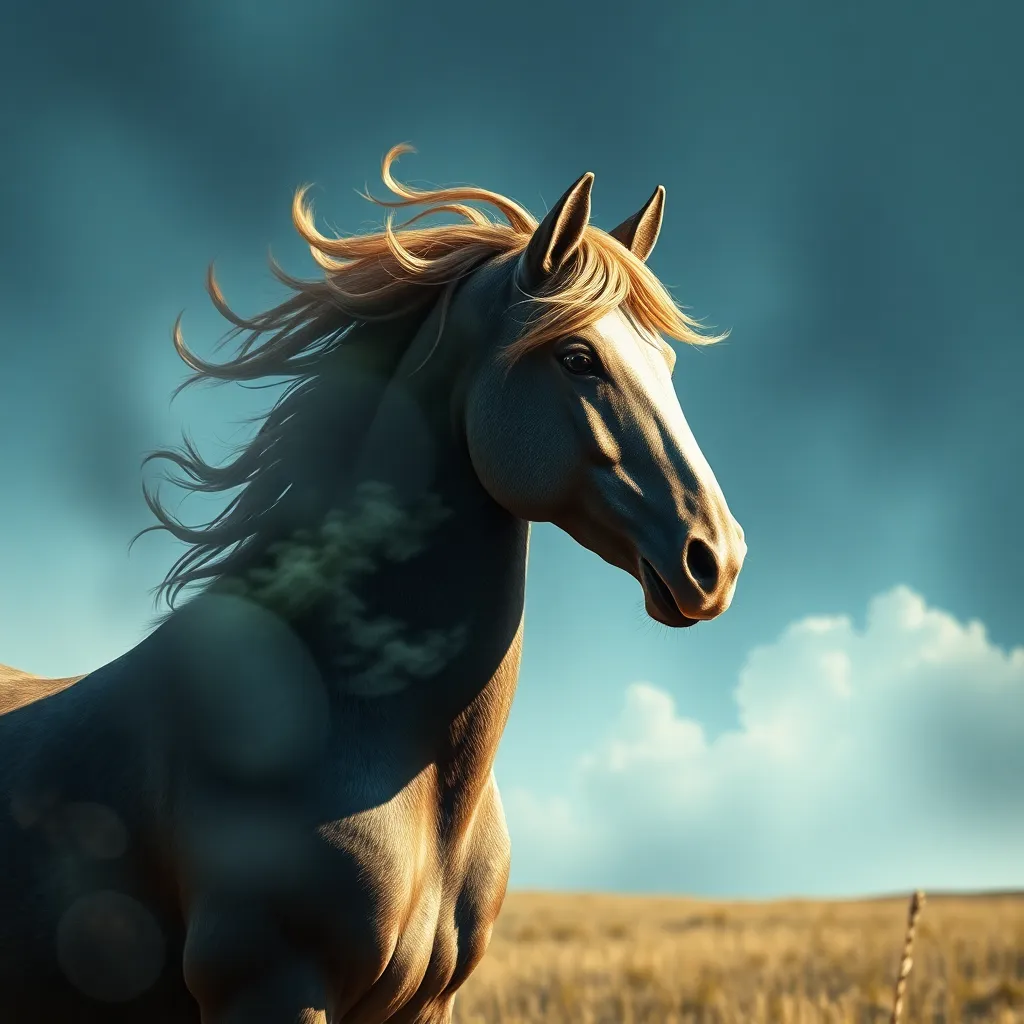The Ahuizotl: A Reflection of the Human Desire to Understand the Unknown
I. Introduction
The Ahuizotl is a captivating creature from Mesoamerican mythology, particularly within Aztec folklore. Described as a dog-like beast with a hand at the end of its tail, the Ahuizotl is said to inhabit lakes and rivers, where it lures unsuspecting victims to their doom. This mythical entity serves not only as an intriguing figure in folklore but also as a symbol of the human desire to understand the unknown.
Mythical creatures like the Ahuizotl have played significant roles in various cultures throughout history. They reflect humanity’s attempts to explain the unexplainable, embodying fears, morals, and the mysteries of nature. Through this article, we will explore the Ahuizotl as a symbol of our quest for understanding and how it mirrors our collective psyche.
II. The Origins of the Ahuizotl in Mesoamerican Mythology
The origins of the Ahuizotl can be traced back to the rich tapestry of Mesoamerican mythology, where it held a place of cultural significance among the Aztecs and other indigenous peoples. The creature was often portrayed as a guardian of bodies of water, embodying the dual nature of nature as both life-giving and destructive.
In Aztec folklore, the Ahuizotl is described as a creature with a sleek, dark body, resembling a dog, and a long, powerful tail that ends in a human-like hand. This hand is said to be used to drag victims underwater, highlighting the creature’s cunning and dangerous nature. The Ahuizotl is often compared to other mythical creatures globally, such as the mermaids of European folklore, who also lure individuals to watery graves.
Comparison with Other Mythical Creatures
- Mermaids: Similar to the Ahuizotl, mermaids are often depicted as beautiful beings that lure sailors to their deaths.
- Kraken: This legendary sea monster also represents the perilous nature of the ocean and the fear of the unknown.
- Chupacabra: Like the Ahuizotl, the Chupacabra embodies fear and mystery in Latin American folklore.
III. Symbolism of the Ahuizotl
The Ahuizotl serves as a profound representation of fear and the unknown. It embodies the anxieties that arise from humanity’s relationship with nature, particularly the unpredictability of water and its associated dangers.
Moreover, the creature possesses a dual nature that reflects both danger and curiosity. It draws individuals in with its allure but ultimately represents a threat. This duality can be seen in many stories throughout history where curiosity leads to perilous situations.
In many cautionary tales, the Ahuizotl acts as a moral lesson, warning against the dangers of overstepping boundaries or giving into temptation. Such stories were crucial in educating communities about the risks associated with their environment and the importance of respect for nature.
IV. The Ahuizotl in Modern Culture
In contemporary culture, the Ahuizotl has found its way into various forms of literature, film, and art. Its unique characteristics and eerie allure have made it an appealing subject for storytellers seeking to explore themes of mystery and danger.
Recent adaptations have reimagined the Ahuizotl, integrating it into narratives that highlight its role as both a predator and a misunderstood creature. This shift reflects a broader trend in storytelling that seeks to humanize mythical beings, exploring their motivations and the fears they symbolize.
The relevance of the Ahuizotl in today’s media underscores our ongoing fascination with the unknown and the ways in which mythology can enrich our understanding of the world around us.
V. Psychological Perspectives on the Ahuizotl
From a psychological standpoint, the Ahuizotl encapsulates a fundamental aspect of the human psyche: our response to the unknown. Humans have always been driven by curiosity, yet this curiosity is often accompanied by fear of what lies beyond our understanding.
This fear of the unseen has evolutionary roots, as our ancestors learned to be wary of potential dangers in their environment. The Ahuizotl embodies these collective anxieties, serving as a metaphor for the darker aspects of nature that humanity often strives to comprehend.
VI. The Ahuizotl and the Search for Knowledge
The relationship between myth and scientific inquiry is profound. Myths like the Ahuizotl often drive exploration and discovery, as they inspire individuals to seek out the truths behind these legends. The Ahuizotl, in particular, has prompted interest in the natural environments it is said to inhabit, leading to a deeper understanding of ecosystems and wildlife.
Folklore plays a significant role in shaping our comprehension of natural phenomena. By examining myths, we can uncover insights into the cultures that created them and the environmental challenges they faced.
VII. Cultural Legacy and Preservation
Efforts to preserve Mesoamerican mythology and heritage have become increasingly important in recent years. The Ahuizotl stands as a unifying symbol for indigenous identity, embodying the rich cultural narratives that have been passed down through generations.
Storytelling remains a vital practice in maintaining cultural continuity, allowing communities to connect with their past and share their values with future generations. The Ahuizotl, as a part of this narrative tradition, serves to remind us of the importance of preserving our myths and legends.
VIII. Conclusion
In summary, the Ahuizotl holds significant importance in our understanding of the unknown. As a reflection of humanity’s fears, curiosities, and moral lessons, it embodies the complexities of our relationship with nature. The exploration of such mythical narratives not only enriches our cultural heritage but also inspires us in our quest for knowledge and understanding.
As we continue to navigate the mysteries of our world, let us appreciate the lessons embedded in mythological stories like that of the Ahuizotl, recognizing their value in our ongoing exploration of the unknown.



